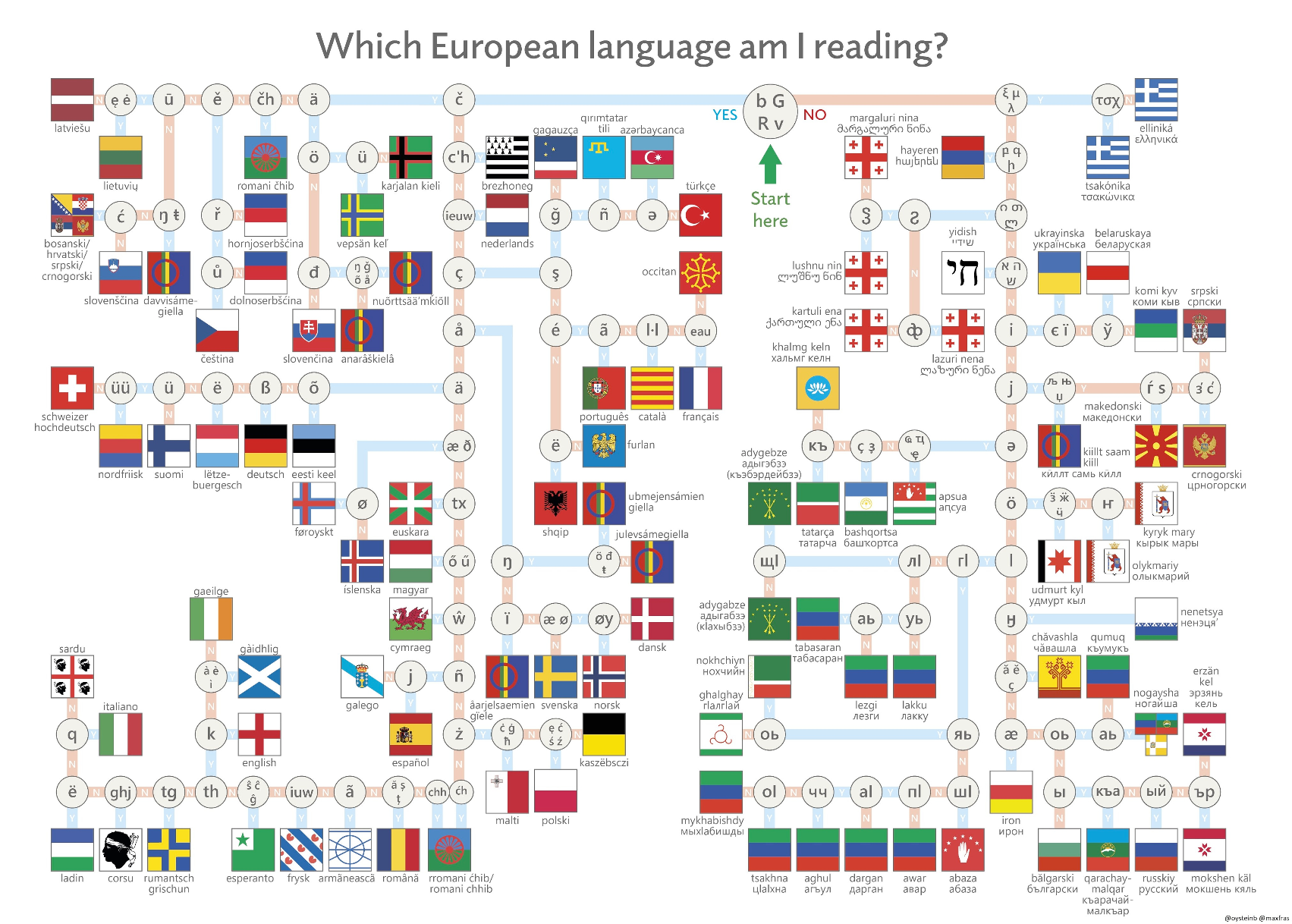this post was submitted on 30 Jul 2024
359 points (97.1% liked)
YUROP
1249 readers
27 users here now
A laid back community for good news, pictures and general discussions among people living in Europe.
Other European communities
Other casual communities:
Language communities
Cities
Countries
- [email protected]
- [email protected]
- [email protected]
- [email protected]
- [email protected]
- https://feddit.dk
- [email protected] / [email protected]
- [email protected]
- https://lemmy.eus/
- [email protected]
- [email protected]
- https://foros.fediverso.gal/
- [email protected]
- [email protected]
- Italy: [email protected]
- [email protected]
- [email protected]
- [email protected]
- [email protected]
- Poland: [email protected]
- [email protected]
- [email protected]
- [email protected]
- [email protected]
- [email protected]
- [email protected]
- [email protected]
founded 1 year ago
MODERATORS
you are viewing a single comment's thread
view the rest of the comments
view the rest of the comments

Why is “ø y” a no for Denmark, but a yes for Norway? I’m pretty sure both countries have the same alphabet?
it's not "ø", "y", it's "øy" in combination (as a digraph?)
same as "th" further down not implying the N languages don't have "t" or "h", just that they don't have "th"
Aha thanks for the explanation.
The "øy" is written without a space between the letters, which seems to mean that these letters occur together in words (more obvious example: "eau" leads into French).
The problem is that we can put words together to form new words. So say I produced a yogurt at a lake(sø) , I could call it søyougurt. It's not a word that would be in a dictionary though, but lots of that kind of words aren't.
Maybe within one syllable then?
I mean, I'm not looking to defend this diagram, I have no idea if it's correct. And frankly I would be surprised if it is anything more than an approximation, since language is always messy.